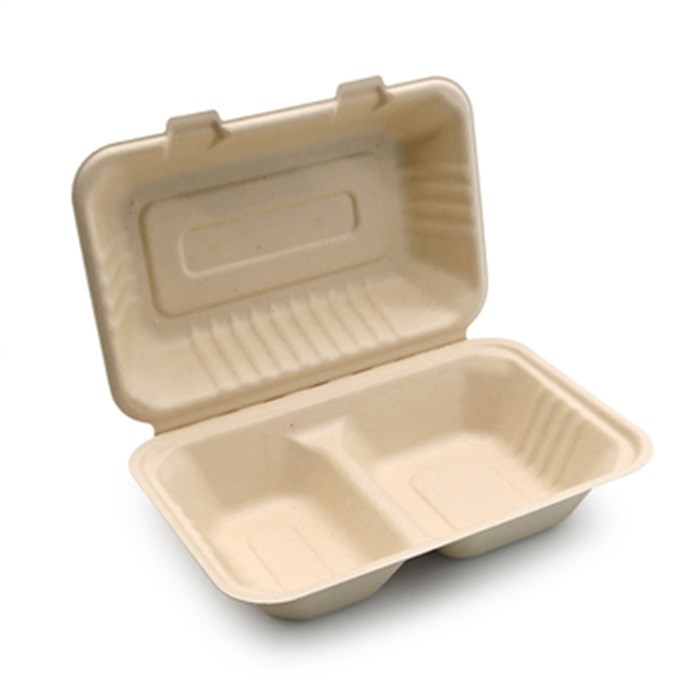The paper shortage caused by soaring electricity prices and transportation costs may completely lose the business of some Australian newspapers and magazines, as publishers are struggling to cope with the rising cost of newsprint. Norske Skog, one of the world’s largest paper suppliers from Norway, is renegotiating contracts with newspaper and magazine publishers to keep its only Australian paper mill operating and profitable. However, industry sources said the proposed price increase was between 30% and 40%, which could have a fatal impact on some newspaper companies or reduce the size or number of newspapers issued before the federal election.
Tony Kendall, the regional publisher of the Australian times since World War II, and the general manager of Kendall, the local publisher of the times, said the price rise had been the most serious since July. “A sharp rise in prices will put some of our publications into negative profitability,” Mr. Kendall said. “I think it will cause a lot of Publishing House closures. I don’t know how independent publishers will deal with it.”
Norske Skog is a major paper supplier to the local publishing industry. It operates a factory in Tasmania and until recently a New Zealand factory. The Tasmanian factory, known as Boyer, produced Australia’s first newsprint in 1941 and remains one of the state’s major employers. But industry sources familiar with Norske Skog said it had lost money in Australia for more than a decade, and the message from its parent company was that it could support local publishers only when it was profitable.
The company told publishers last year that it plans to raise the price of newsprint by about 30% and raise the price of glossy paper used for real estate publicity by 35% – 45%. The decision is related to electricity prices, high freight costs and reduced demand for newsprint, rather than trying to generate huge profits.
Paper is expensive because it requires a lot of energy to produce. Publishing companies are competing with packaging and toilet paper companies for limited global fiber resources, pushing up costs. Norske Skog’s failure to ensure that the price increase will lead to the closure of Tasmanian factories, which will bring major problems to the local publishing industry.
Companies including News Corp., the publisher of the Australian, the Daily Telegraph and the Herald Sun, and nine entertainment, the owner of the title, are trying to renegotiate prices. The impact on these businesses is more likely to be an increase in cover prices or advertising rates over time than closure. A source from nine entertainment, who asked not to be named, said that the company was about to finalize the transaction and had not encountered any problems in the negotiations.
James chesel, managing director and publishing director of nine entertainment, declined to comment. News Corp also declined to comment, but sources familiar with the process also said it understood the factors associated with the price rise. Norske Skog had previously told smaller publishers that it would limit the amount of paper News Corp could use. Are media, the publisher of Australian women’s weekly, women’s day and Mary Claire, declined to comment on the matter.
On the eve of the federal election, the closure of small independent newspapers will bring problems to local parliamentarians. But it will be harmful when people rely on news about COVID-19 and the increasingly tense geopolitical climate. The closure of any independent regional media will affect News Corporation, which operates the country’s printing center and receives revenue from these media for the production of their newspapers.
The last serious paper shortage was during the Second World War, when the import of newspapers and newsprint was restricted under the National Security Act of 1939. The amount of paper allowed to be produced was reduced by 35%, and newsprint rationing took effect in 1941 and was not relaxed until October 1943. In recent weeks, the price problems of electricity, natural gas and chemicals have worsened due to the conflict in Ukraine, but if the industry can support the price rise, the Tasmania plant will be in a favorable position and have a good prospect.
Since the beginning of covid-19, the financial stability of the publishing industry has improved due to the rebound in advertising demand, subscription requirements, and the significant licensing transactions with Google and Facebook. Under the Australian newsroom mapping project of the public interest news initiative, more than 227 print or digital news headlines have been closed or reduced since January 2019.
A spokesman for Communications Minister Paul Fletcher said the government would pay close attention to any problems in the regional media sector. “The government will consider the recommendations of the Standing Committee on communications and arts of the house of Representatives on the investigation of Australian regional newspapers and respond in due course.”
Post time: Apr-13-2022

